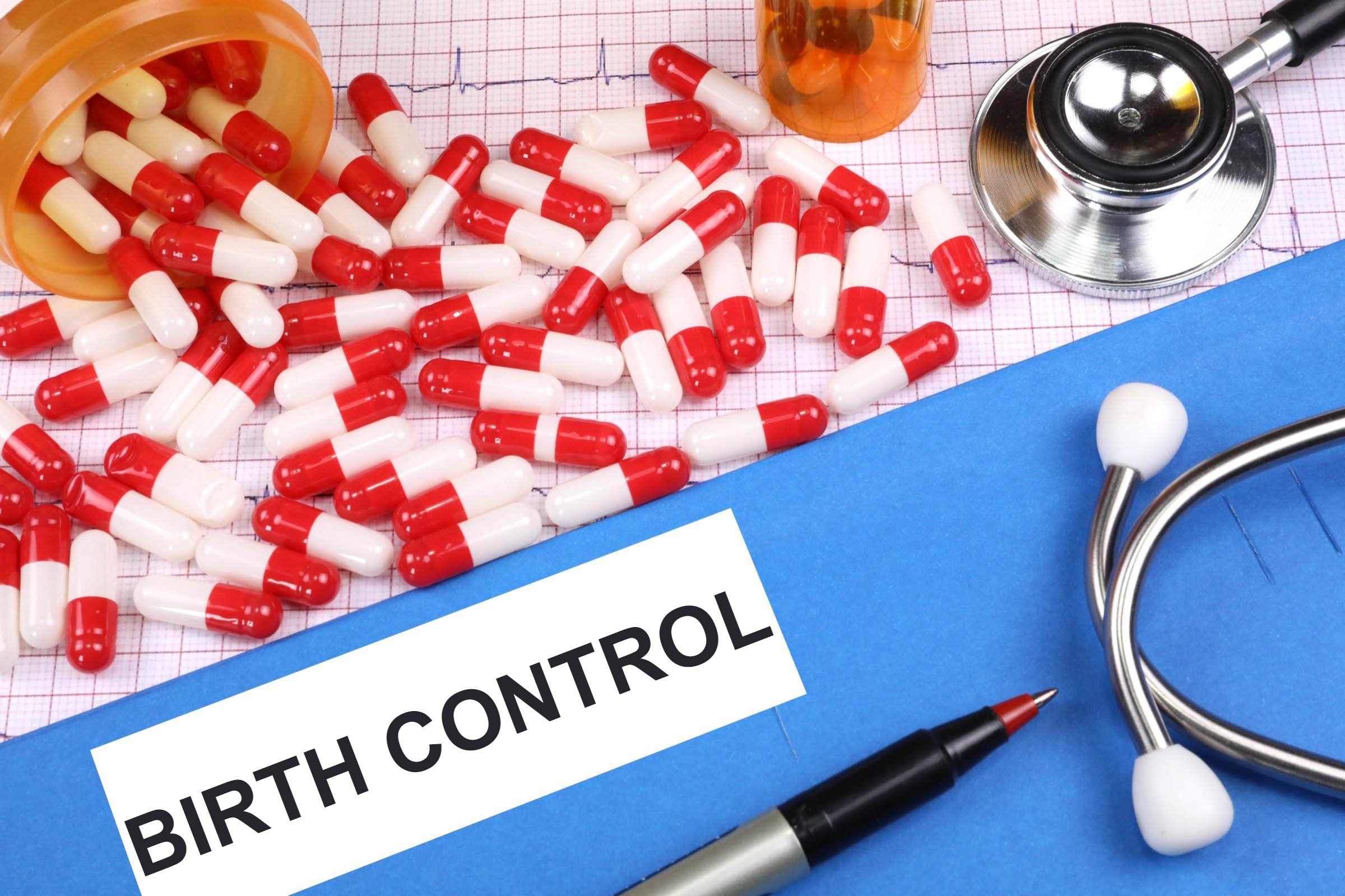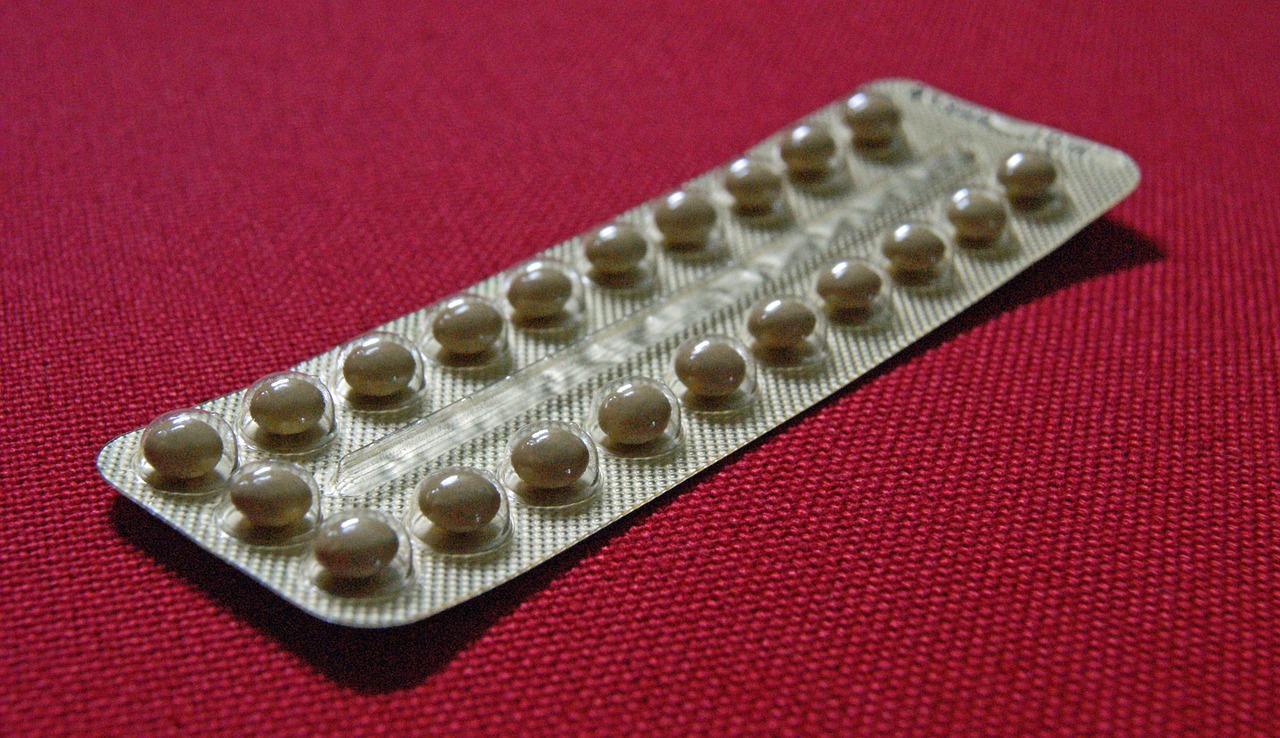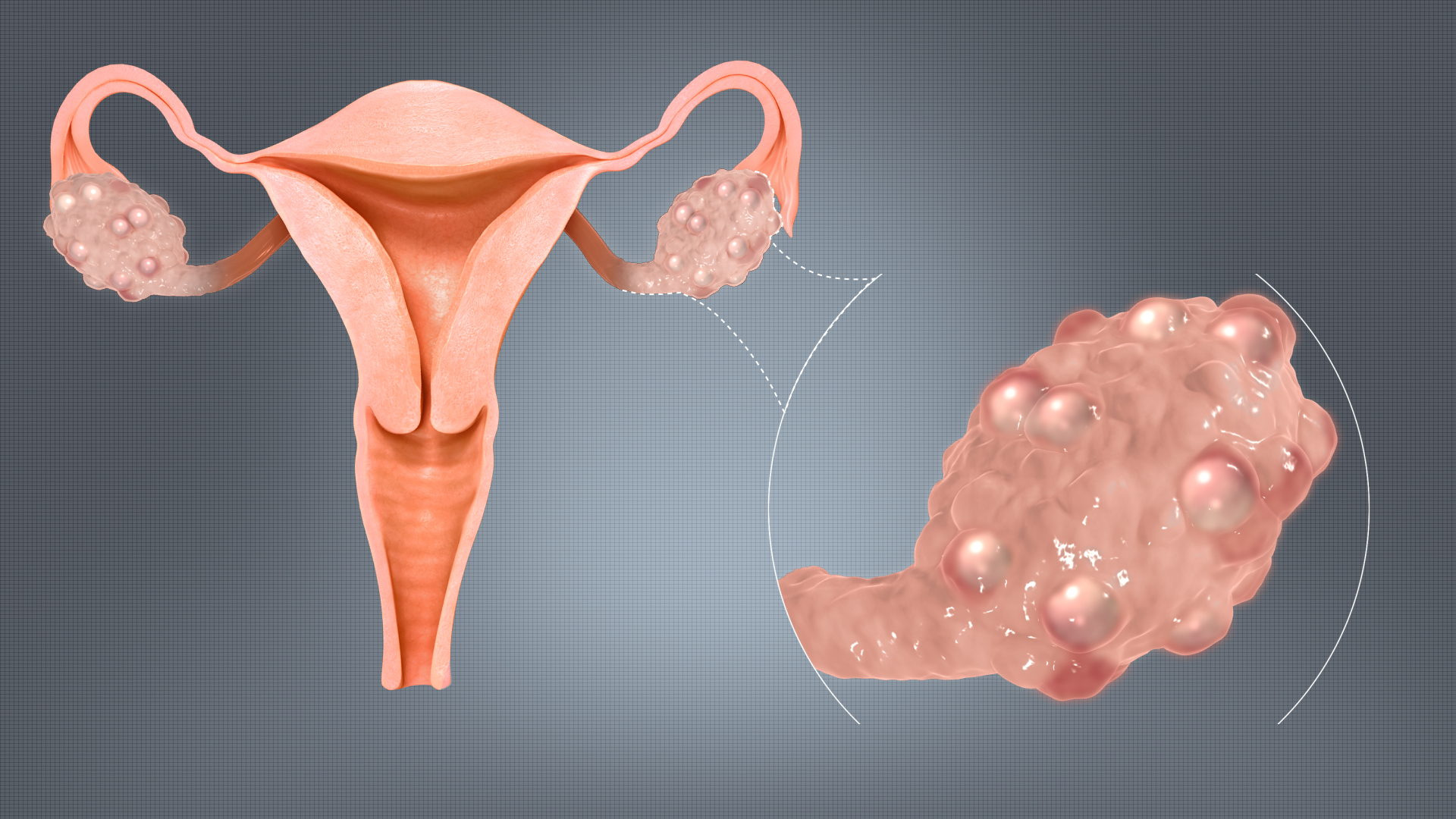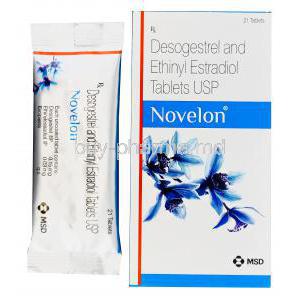Desogestrel/ Ethinyl Estradiol
- Introduction
- Historical background of Desogestrel/Ethinyl Estradiol
- Chemical properties and classification
- The significance in medical treatment
- Uses of Desogestrel/Ethinyl Estradiol
- Off-Label Uses
- How It Works
- Dosage and Administration
- Composition
- Storage
- Interactions with Other Medications
- Warnings and Important Precautions
- Contraindications
- Careful Administration and Special Populations
- Administration to Children
- Side Effects and Adverse Reactions
- Overdosage
- Handling Precautions
Introduction
The progress of medicine has resulted in the creation of numerous drugs, each possessing distinct characteristics and uses. One of the important in current gynecological practices is Desogestrel/Ethinyl Estradiol. This combination shows the interplay between chemistry, historical context, and therapeutic effectiveness. This article explores its origins, explains its chemical properties, and highlights its importance in medical treatment.
Historical background of Desogestrel/Ethinyl Estradiol
In the history of contraceptive research, the late 20th century marked a significant period with the introduction of Desogestrel/Ethinyl Estradiol. For years, scientists have been working towards finding an effective solution for birth control, and this combination emerged as a groundbreaking answer to several challenges.

The need for a powerful yet safer progestin led to the development of Desogestrel. Ethinyl Estradiol, which is derived from estrogen, was used in conjunction to enhance its effectiveness. The arrival of these two components in the 1980s completely transformed contraceptives, offering a newer level of safety and fewer side effects. Over time, their acceptance grew tremendously, firmly establishing them as a choice for contraception worldwide.
Chemical properties and classification
Desogestrel and Ethinyl Estradiol, when examined from a chemistry perspective, have a complex structure with intriguing characteristics.
- Desogestrel stands out as a third-generation progestin with a molecular design. It has a C22 structure, and its lack of a group at the 17α position distinguishes it in terms of its specific metabolic pathway.
- On the other hand, Ethinyl Estradiol is a synthetic derivative of naturally occurring estrogen called estradiol. Its substitution with ethinyl at C17α improves its ability to be absorbed orally and enhances its metabolic stability.
Although both compounds fall under the category of steroids and share common carbon skeletons, they differ in their functional groups and subsequent pharmacodynamics. These intricate chemical nuances form the foundation for their combined effectiveness in mechanisms.
The significance in medical treatment
In the realm of treatment, Desogestrel/Ethinyl Estradiol serves multiple purposes beyond its role as a contraceptive.
- It offers prevention against unwanted pregnancies with a success rate of over 90% when used as an oral contraceptive pill.
- Additionally, this medication is beneficial for regulating cycles reducing menstrual pain, and lowering the risk of iron deficiency anemia.
- It also plays a role in managing endometriosis by slowing its progression and alleviating associated pain.
- Desogestrel/Ethinyl Estradiol is sometimes prescribed off-label for conditions like acne and hirsutism due to its positive effects on hormonal balance.
In summary, the introduction of Desogestrel/Ethinyl Estradiol was not another addition to the array of contraceptives but a remarkable advancement in women's health. With its applications and impressive safety profile, it continues to be a guiding light in reproductive medicine, empowering women to make informed decisions about their health and well-being.

Contraceptive pill blister pack
Uses of Desogestrel/Ethinyl Estradiol
Approved Therapeutic Indications
Desogestrel/Ethinyl Estradiol is a combination in the field of pharmaceuticals with a wide range of approved uses that both healthcare professionals and regulatory authorities recognize.
- It serves as an oral contraceptive, providing precise birth control options.(1)
- For women experiencing menstrual cycles, this compound offers relief by regulating their cycles.(2)
- Additionally, it plays a role in managing endometriosis by influencing the response of endometrial tissue.(3)
- Moreover, Desogestrel/Ethinyl Estradiol effectively controls menstrual bleeding, also known as menorrhagia, through its hemostatic properties.(4)
The extensive range of applications supported by robust clinical trials and empirical evidence highlights its indispensable significance in modern gynecological practices.
1. Mayo Clinic - Desogestrel And Ethinyl Estradiol (Oral Route)
2. National Library of Medicine - Combined oral contraception with desogestrel/ethinyl estradiol: tolerability profile
3. PubMed Central - Effects of Ethinyl Estradiol in Combined Oral Contraceptives on Cell Proliferation and Apoptosis in Ectopic Endometrial Tissue: A Randomized Controlled Study
4. NCBI - Medical management of heavy menstrual bleeding
Mechanism of Action in Treating Different Conditions
Desogestrel/Ethinyl Estradiol, despite its therapeutic properties, works through complex mechanisms that are specifically designed to address different physiological factors;
1. Contraceptive Mechanism; The combined pill prevents ovulation, thickens the mucus to hinder sperm movement, and creates an unsuitable environment in the uterus for implantation.
2. Regulation of Menstrual Cycles; It ensures a shedding of the lining of the uterus, helping to harmonize hormonal fluctuations and prevent irregularities in menstrual cycles.
3. Alleviation of Endometriosis; By reducing estrogen production from the ovaries, it controls the growth of tissue and helps ease symptoms associated with endometriosis.
4. Management of Menorrhagia; The pill stabilizes the lining of the uterus. Regulates blood clotting processes resulting in a decrease in excessive menstrual bleeding.
In summary, Desogestrel/Ethinyl Estradiol utilizes its mechanisms to effectively address various gynecological disorders. This offers relief from symptoms. Improves the overall quality of life for numerous women.
Off-Label Uses
What Constitutes an Off-Label Use
In medical treatments, the use of medications for purposes not explicitly approved by regulatory agencies showcases their adaptability and wide-ranging effectiveness. When we talk about off-label use, it means prescribing a medication for conditions, dosages, or patient groups that may not have received approval. This practice arises from factors;
1. Unmet Medical Needs; When existing treatments fall short, doctors may turn to alternatives.
2. Clinical Observations; Sometimes unexpected discoveries in settings lead to new therapeutic applications.
3. Scientific Reasoning; Theoretical understanding or initial research findings can inspire physicians to consider treatment approaches.
However while, off label use is a part of medicine, it requires careful scrutiny and a balanced evaluation of risks and benefits.
Common Off-Label Treatments with Desogestrel/Ethinyl Estradiol
While Desogestrel/Ethinyl Estradiol is well known for its use in contraception and regulating cycles, it also has several off-label applications that expand its therapeutic potential.
- One such application is in managing acne vulgaris, where the combination is sometimes prescribed due to its impact on androgens.
- Additionally, it plays a role in addressing excessive hair growth in women (hirsutism) by normalizing androgenic manifestations.
- Another off-label use of this drug is as a therapy for Polycystic Ovary Syndrome (PCOS), targeting both menstrual irregularities and hyperandrogenism.

Polycystic-Ovary-Syndrome
These additional uses highlight the versatility of Desogestrel/Ethinyl Estradiol beyond its indications.
Clinical Evidence Supporting Off-Label Uses
The shift from traditional to off-label usage is not arbitrary. Is often supported by strong clinical evidence.
- Empirical studies, although limited, have shown the effectiveness of Desogestrel/Ethinyl Estradiol in reducing symptoms of acne and hirsutism.
- Additionally, numerous clinical observations and case reports support its use in managing conditions like PCOS.
- Comprehensive research methods such as meta-analyses and systematic reviews have also highlighted the potential of this medication in traditional settings.
However, it is important for healthcare providers to exercise caution and prioritize safety when exploring off-label applications even as the body of evidence continues to grow.
How It Works
Biological and Pharmacological Mechanism of Action
Drugs harness their power through a complex network of biological and pharmacological pathways. At the level, Desogestrel/Ethinyl Estradiol works by;
1. Preventing Ovulation; It interrupts the hormonal process, effectively stopping the release of mature eggs.
2. Modifying Cervical Mucus; It promotes the thickening of mucus, creating a strong barrier against sperm penetration.
3. Transforming the Endometrial Lining; The lining of the uterus undergoes changes that make it less receptive to an egg, thereby reducing the chances of implantation.
Through this three approaches, this medication encompasses a comprehensive strategy to fulfill its contraceptive purpose.
Impact on Hormonal Balance
The functioning of Desogestrel/Ethinyl Estradiol relies on its impact on the balance in the body. It adjusts the levels of reproductive hormones;
Estrogen Suppression; It imitates natural estrogen in the body, which reduces the release of follicle-stimulating hormone and disrupts the follicular phase.
Progestin Augmentation; By providing synthetic progestin, it inhibits the surge of luteinizing hormone, an essential factor for ovulation. This recalibration of pathways ensures strict control over the reproductive cycle.
Effects on Target Organs and Systems
The effects of Desogestrel/Ethinyl Estradiol are not limited to one area; they impact various organs and systems in the body. Regarding the ovaries, this medication directly affects them by preventing ovulation, which's an important aspect of its mechanism. In terms of the uterus, it undergoes changes in its endometrial lining that make it more resistant to implantation. Additionally, the cervical environment goes through a transformation that hinders sperm movement and entry. This coordinated action throughout the body, highlights this compound's therapeutic approach.
Dosage and Administration
Recommended Dosage Ranges for Different Indications
The effectiveness of Desogestrel/Ethinyl Estradiol, like any medication, relies on accurately administering the correct dosage. For contraception purposes, it is typically taken daily for 21 days, followed by a 7-day break without taking the pill. In cases of disorders, the dosage requirements may vary, but the daily regimen is still crucial and may sometimes be adjusted based on individual clinical needs.
Methods of Administration
Desogestrel/Ethinyl Estradiol, when taken in capsule form, requires careful adherence to specific instructions.
- It is best to take it at the same time every day to maintain hormonal stability.
- Take it with water.
- Avoid crushing or breaking the pill.
Factors Influencing Dosage Adjustments
Although there are treatment plans it's important to acknowledge that everyone's physiology is unique which may require occasional adjustments. These modifications are based on factors including age, as adolescents might require different dosing compared to adults.
Additionally, the presence of medications can lead to interactions that require dosage recalibrations. Furthermore, underlying health conditions, such as liver impairment or a tendency towards blood clotting, can also impact dosing decisions.
Composition
Active and Inactive Ingredients
The effectiveness of Desogestrel/Ethinyl Estradiol as a solution lies in its carefully selected components. The active ingredients, Desogestrel and Ethinyl Estradiol, play a role in ensuring the contraceptive efficacy of the drug.
On the other hand, inactive ingredients such as binders, fillers, colorants, and stabilizers serve to maintain the drug's stability, appearance, and taste even though they don't have any pharmacological effects.
Pharmaceutical Formulations Available
Desogestrel/Ethinyl Estradiol is available in forms to cater to different needs and preferences. The common form is oral tablets, which are easy to take and ensure precise dosing. There are also formulations called extended cycle pills that are designed for extended regimens, with longer periods of active pills followed by shorter breaks. These different options allow doctors to customize treatment plans based on requirements and preferences.
Storage
Optimal Storage Conditions
To ensure the integrity of any compound it is crucial to store it properly. Desogestrel/Ethinyl Estradiol, with its molecular structure, requires specific storage conditions;
1. Temperature Control: It is important to store the compound between 20°C to 25°C and protect it from extreme temperature fluctuations.
2. Humidity Regulation; The compound should be stored in an environment without excess moisture to prevent potential degradation.
3. Ambient Light; To avoid photo oxidative reactions it is recommended to keep the medication in an opaque container.
By following these storage guidelines you can maintain the quality and effectiveness of Desogestrel/Ethinyl Estradiol.
Shelf Life Considerations
Every pharmaceutical product has a lifespan, a period of time in which its therapeutic benefits are effective. In the case of Desogestrel/Ethinyl Estradiol, this period usually lasts for 24 to 36 months after it is manufactured.
However, once the blister packaging is opened, the product's effectiveness decreases significantly. It should be used within the recommended timeframe.
Handling to Maintain Potency and Efficacy
Properly handling and storing Desogestrel/Ethinyl Estradiol is essential to maintain its effectiveness. The following measures help preserve its integrity:
1. Hygiene: Make sure to wash your hands before handling the medication to prevent introducing any contaminants.
2. Intact Packaging: Keep the blister or bottle sealed until you're ready to use it, as this will protect it from external pollutants.
3. Storage Location: It's crucial to store the drug in a place from areas like bathrooms or kitchens where conditions can fluctuate.
By adhering to these guidelines, you can ensure that Desogestrel/Ethinyl Estradiol remains in condition for your treatment.
Interactions with Other Medications
Potential Drug-Drug Interactions
The interaction between Desogestrel/Ethinyl Estradiol and other medications can create a web of pharmacological effects. For example;
- Antibiotics; Certain antibiotics, like Rifampicin, may reduce the effectiveness of Desogestrel/Ethinyl Estradiol as a contraceptive.
- Anticonvulsants; Medications such as Carbamazepine or Phenobarbital have the potential to decrease the effectiveness of the drug.
- Antifungals: Agents like Griseofulvin can compromise the reliability of using this combination as a method.
It's important to be aware of these interactions and consult with your healthcare provider for advice.
Effect on Absorption, Metabolism, or Excretion
The way Desogestrel/Ethinyl Estradiol is processed in the body can be influenced by medications taken at the same time. Some medications can speed up the breakdown of Desogestrel/Ethinyl Estradiol in the liver, which reduces its effectiveness.
On the other hand, some medications can hinder its absorption in the stomach and intestines, limiting how much of it enters the bloodstream.
Additionally, certain drugs can alter how Desogestrel/Ethinyl Estradiol is eliminated from the body through urine or bile, either prolonging or shortening its presence in the body.
Medications to Avoid when Taking Desogestrel/Ethinyl Estradiol
Considering the consequences of drug interactions, it is essential to be cautious. It is wise to avoid;
- Antiretroviral medications can change how the drug works in the body.
- St. John Wort, a herbal supplement that is known for reducing the effectiveness of contraceptives.
- Specific sedatives or hypnotics that may intensify hormonal changes.
Warnings and Important Precautions
Overview of Potential Risks
Although Desogestrel/Ethinyl Estradiol plays a role in reproductive healthcare, it's important to be aware of some potential concerns. One such concern is the increased risk of developing blood clots.
Additionally, individuals who are predisposed to issues may have a slightly higher risk of experiencing heart attacks or strokes when using this combination.
It's worth noting that liver function anomalies or tumors have also been reported rarely.
Situations Where Caution is Necessary
Considering the effects of Desogestrel/Ethinyl Estradiol on the body, there are certain situations that require extra caution;
- Patients who have a history of blood clots or have a family history of such events.
- Individuals with existing heart conditions or significant risk factors for cardiovascular issues.
- Women who are over 35 years old and smoke should be careful when considering this medication as it increases the overall risk.
It's important to be vigilant in these scenarios to ensure safety and minimize risks.
Monitoring Requirements During Therapy
It is important to monitor the effects of Desogestrel/Ethinyl Estradiol to prevent any potential problems.
Regularly checking blood pressure is crucial to identify any signs of blood pressure.
It can also be essential to assess liver function during the treatment to ensure the health of the liver.
For individuals, with a history of mood disorders it may be necessary to conduct assessments in order to maintain emotional balance.
Contraindications
Absolute Contraindications for Use
Prescribing any medication requires consideration of which patients should not use. In the case of Desogestrel/Ethinyl Estradiol, there are situations where it should not be used;
1. Blood Clotting Disorders; Patients who have a history of blood clot formation or are currently experiencing events should avoid this medication.
2. Liver Problems; This drug is not suitable for individuals with liver diseases or hepatic tumors.
3. Known Cancers; hormone responsive cancers such as certain types of breast cancers or endometrial carcinomas.
It is essential to take these contraindications into account when prescribing Desogestrel/Ethinyl Estradiol to ensure safety and well-being.
Relative Contraindications Based on Condition or Patient Demographics
Apart from the rules against it, there are certain clinical complexities where the usefulness of the drug is limited, requiring careful clinical judgments;
1. Individuals who smoke and are over 35 years old: The combination of age, tobacco use, and hormonal medication increases the risk of issues.
2. People who suffer from migraines and those with aura have a chance of experiencing vascular incidents.
3. Patients with hyperlipidemia: Having elevated lipid profiles could worsen concerns when taking Desogestrel/Ethinyl Estradiol.
Careful Administration and Special Populations
Administration to the Elderly
As people grow older, there are changes in their body functions that require consideration when it comes to using Desogestrel/Ethinyl Estradiol. Here are a few important things to keep in mind;
1. Adjustments in Dosing or Monitoring: Since liver and kidney functions may change with age, it might be necessary to modify the dosage or monitor frequently.
2. Potential Age-Related Side Effects; Elderly patients may experience increased sensitivity to changes, which could lead to mood swings or cardiovascular issues.
It's crucial to take these factors into account when prescribing Desogestrel/Ethinyl Estradiol for individuals.
Administration to Pregnant Women and Nursing Mothers
The sacred stages of pregnancy and breastfeeding bring about increased importance in terms of considerations especially when it comes to the effects of hormones. It is known that Desogestrel/Ethinyl Estradiol may have an impact on the development of a fetus although there is substantial evidence available. Nevertheless, it is generally advised to prioritize caution in situations.
Regarding the use of this medication during pregnancy or while breastfeeding medical experts generally recommend discontinuation during pregnancy. When it comes to breastfeeding although there is a possibility that the drug may pass into breast milk any potential negative effects, on the newborn are still being actively studied/
Administration to Children
Safety Profile in Pediatric Populations
The importance of ensuring drug safety becomes more significant when it comes to the vulnerable pediatric population. Desogestrel/Ethinyl Estradiol originally intended for adults has been thoroughly examined to determine its suitability for use in children. However, there is comprehensive research available that fully explores its complete impact, on the safety of children.
Dosing Guidelines and Adjustments for Children
When it comes to treating children with medication, it is important to be very careful with dosage calculations. For Desogestrel/Ethinyl Estradiol, there are a key factors to consider; the child's body weight and surface area play a significant role in determining the appropriate dose, and generally, pediatric doses are lower compared to adults.
Additionally, because children's liver and kidney functions continue to develop over time, there might be changes in how their bodies process the medication. This could mean that adjustments need to be made to the dosage.
Lastly, it's crucial to keep an eye on therapeutic monitoring for pediatric patients. They may need more frequent monitoring than adults do in order to prevent any potential issues.
Side Effects and Adverse Reactions
Differentiating Between Common and Rare Side Effects
The realm of complications caused by drugs spans from the mundane to the complex. It is crucial to grasp this range. Occurring side effects may be more common but less severe. On the other hand, infrequent side effects, although uncommon, can be serious and require urgent medical attention.
Common Side Effects
Frequently, these side effects are temporary and harmless. Both clinicians and patients may experience them. Some common manifestations include headaches, feelings of nausea, changes in weight, or shifts, in mood.
Various strategies can be considered to address these effects depending on the clinical situation. These may include providing relief for the symptoms, adjusting the medication dosage, or even temporarily stopping treatment if necessary.
Severe or Uncommon Side Effects
These are the occurrences in the realm of adverse effects often hard to come by but with the potential for serious consequences. Keep an eye out for these signs and symptoms; stomach pain, discomfort in the chest changes in vision, or significant swelling, in limbs. It is crucial to seek medical advice and consider discontinuing any medication or exploring additional treatments as necessary.
Overdosage
When taking the healthiest medications, they can become dangerous if taken in excessive amounts.
- Signs of an overdose may include nausea, vomiting, or even abnormal vaginal bleeding.
- Immediate actions and treatment options may involve providing care such as stomach washing or administering activated charcoal.
- After an overdose, it is important to undergo medical observation and regular blood tests to prevent any potential long-term complications.
Handling Precautions
It is important to exercise caution when dealing with Desogestrel/Ethinyl Estradiol beyond its usage. To handle it safely make sure to keep the medication in its packaging store it away, from direct sunlight or moisture, and keep it out of reach of children.
When it comes to disposing of expired medication, follow the local biomedical waste guidelines. It is strictly prohibited to flush them down toilets or sinks in order to prevent contamination.



















